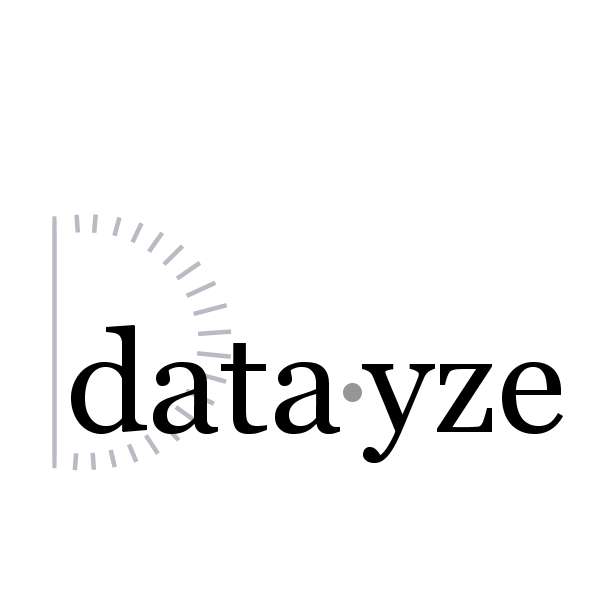
What is Readability?
Readability refers to the ease in which a passage of written text can be understood. It is often used in assessing the suitability of a text for an audience. Some states even have requirements that legal documents and health care documents must met strict readability thresholds in order to be accessible to a wide audience. If you want to get your ideas across to the largest audience possible, it is worth spending some time thinking about readability.
Readability metrics, such as the Flesch-Kincaid and Gunning Fog index, are algorithmic heuristics used for estimating readability. Many work by counting words, sentences and syllables while others use lists of already scored words.
Keep in mind that readability is not a measure of writing quality and that these heuristics are only estimates of a passages readability.
This Readability Analyzer estimates the readability of a passage of text using the Flesch-Kincaid Reading Ease, Gunning Fog Index, Kincaid Grade Level, SMOG formula and Dale–Chall Score and Fry Reading Graph metrics. Which one's right for you? That will depend partially on your domain and writing style. Different readability metrics flag difficult words in different manners. For example, the Fog index considers words with more than three syllables difficult, where Dale-Chall has a list of easily recognizable words. We suggest using a few different samples of text and going with the metrics that more closely align with human evaluations.
The Analyzer works best with plain text.
Improving Readability.
We recommend focusing on the passage as a whole, rather than individual sentences when looking to improve readability. Be careful when iteratively tweaking a passage not to fall into the trap of writing for the formula. Writing to the formula could lead passages that contain shorter, choppy sentences that are actually more difficult to read despite receiving a better score.
We have provided two tools to aid rewriting a passage. The Difficult and Extraneous Word Finder can be used to explore vocabulary. It identifies rare words, and long polysyllabic words with more than three syllables which may be harder for an audience to understand. The Difficult and Extraneous Word finder also finds extraneous words, such as adverbs and double hedge words which may make a sentence needlessly longer. Passive Voice Detector identifies sentences with passive structure. Passive voice is common in the scientific literature because it places the emphasis on the object being investigated rather than the author doing the investigation. Sentences with passive voice construction, however, tend to be longer, and harder to read.
Have your own website? Now you can use the Site Thin Content Checker to analyze the content of each page on your site with the Readability Analyzer, as well as and other Writing Assistance Tools.